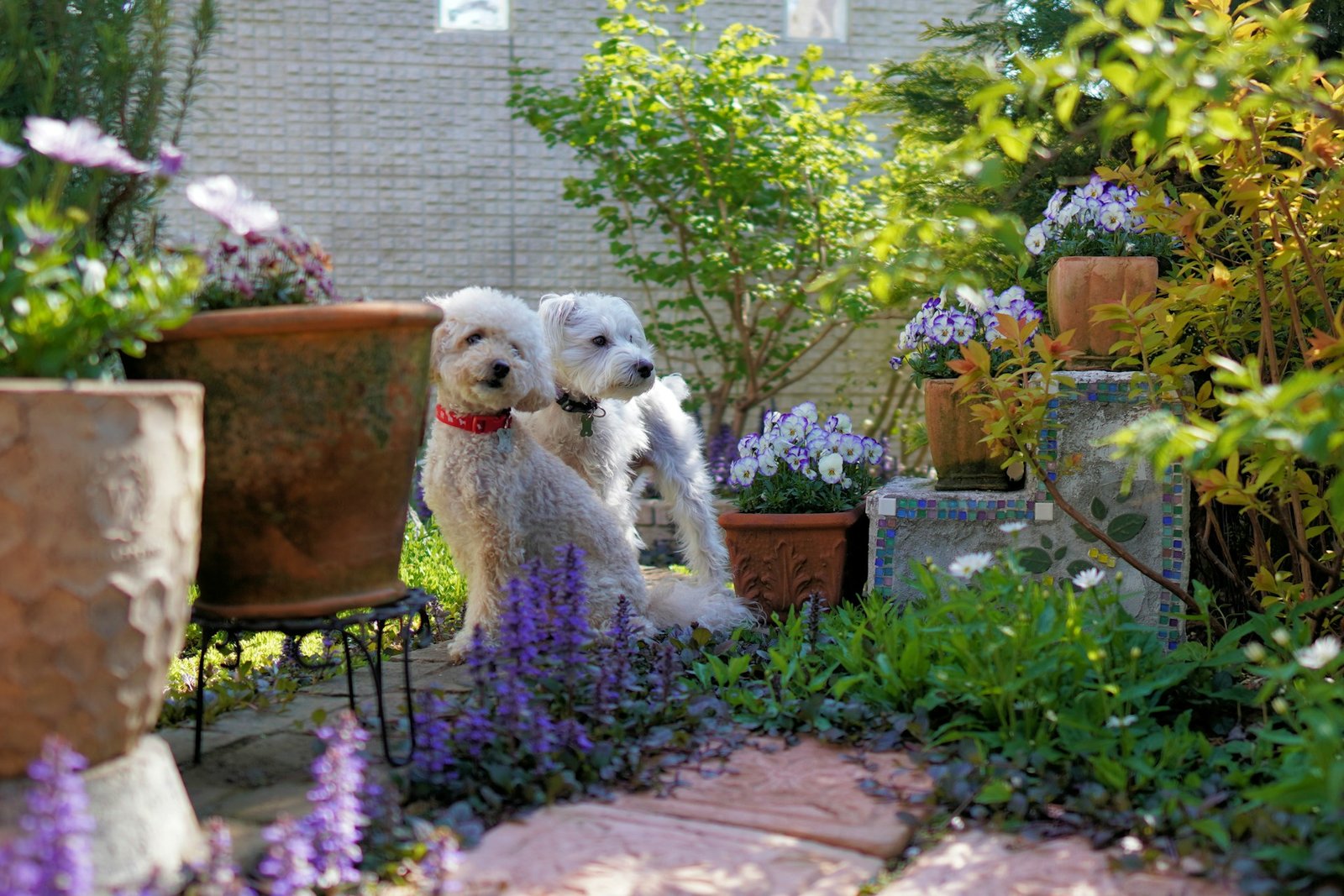Let’s face it—being a plant lover and a pet parent can sometimes feel like walking a tightrope. One moment you’re adding a new succulent to your windowsill, the next you’re Googling whether it’s safe for your dog who decided to take a bite. If this sounds familiar, you’re not alone.
The good news? You can enjoy lush greenery without risking your furry friend’s health. In fact, pet safe succulents in 2025 are easier to find, more beautiful than ever, and perfectly suited to apartment living, sunny kitchens, and cozy living rooms.
This guide is for you if:
- You love plants and want a peaceful cohabitation with pets
- You’re tired of vet trips from toxic houseplants
- You want to make smarter plant choices—without the stress.
Whether you’re a first-time plant owner or someone who’s had to rush a pet to the vet over a Jade Plant incident, this guide gives you peace of mind—so your home can be both lush and safe.
Ready to create a space that’s safe, stylish, and full of life? Let’s dig in.
Why Pet Safe Succulents Are Worth the Hype?
Succulents are already favorites in the plant world because they’re:
- Low maintenance
- Space-saving
- Available in every size, shape, and color
- Resilient even if you forget to water them
But not all succulents are created equal when it comes to pet safety. Some contain sap or compounds that can be irritating—or downright dangerous—to pets who like to nibble.
That’s where this guide shines. We’re only focusing on non-toxic, ASPCA-approved succulents so you can green up your space with zero anxiety.
Meet the Best Pet Safe Succulents for 2025
Let’s start with the stars of the show: pet-safe succulents that are just as stunning as they are safe.
1. Haworthia (Haworthiopsis spp.)
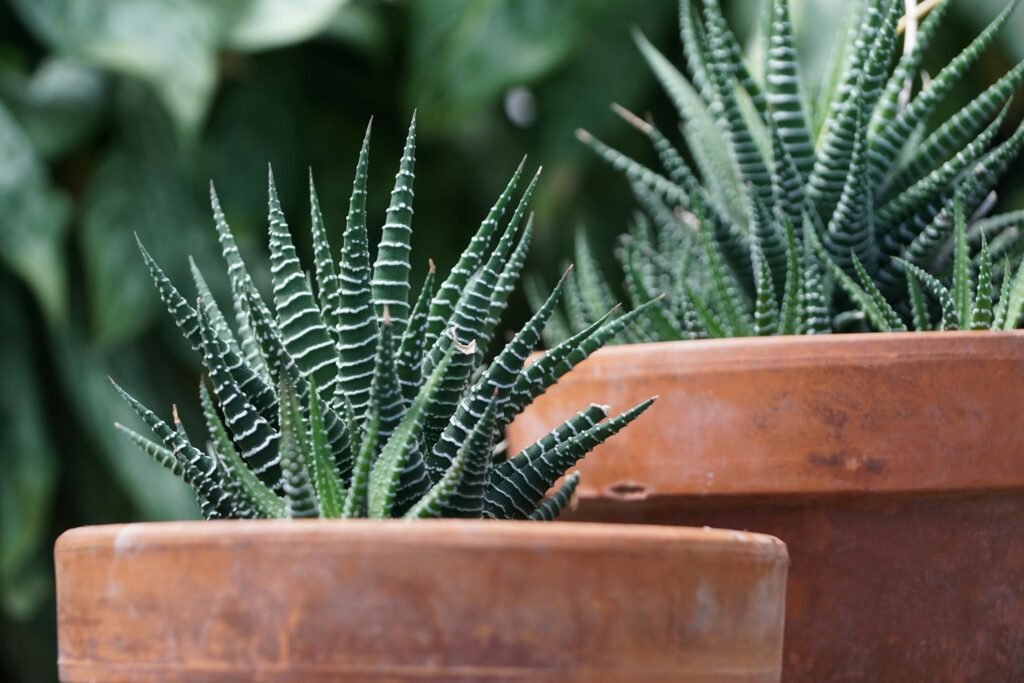
A mini spiky plant that resembles Aloe—but without the toxins. Haworthia is compact, adorable, and beginner-proof.
- Light: Bright indirect sun
- Watering: Every 2–3 weeks
- Toxicity: Non-toxic to pets ASPCA Verified
- Bonus: Works well in tiny pots and terrariums
2. Echeveria
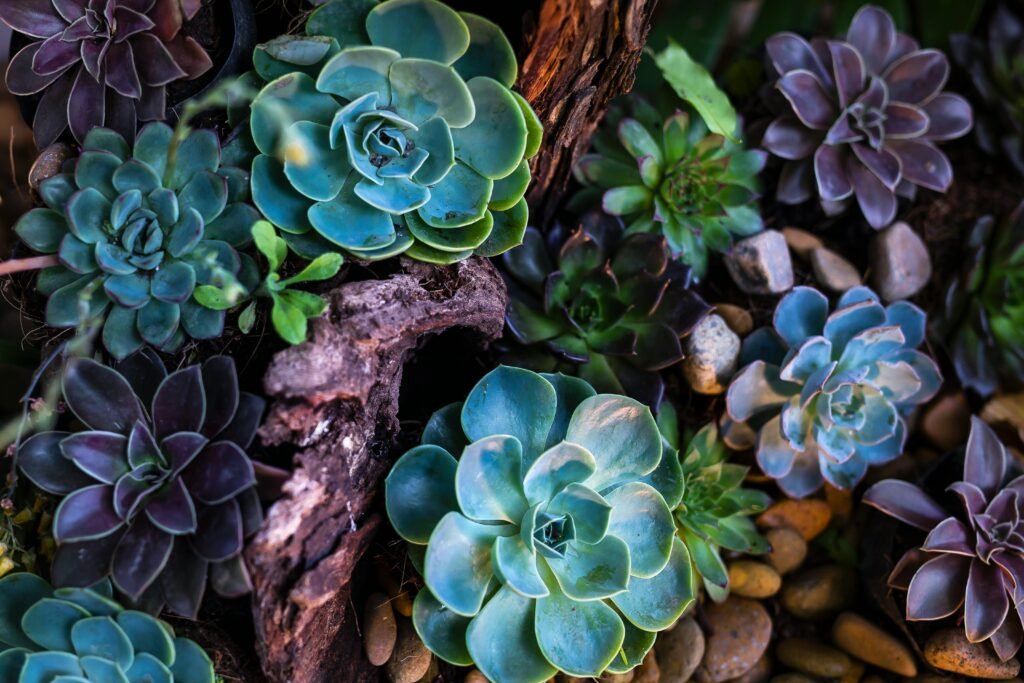
If you’ve ever seen a succulent that looks like a rose made of waxy petals—it was probably an Echeveria. They come in blues, pinks, greens, and purples.
- Light: Bright, direct sunlight preferred
- Watering: When soil is completely dry
- Toxicity: Non-toxic
- Styling: Perfect for mixed succulent bowls or gift arrangements
3. Burro’s Tail (Sedum morganianum)
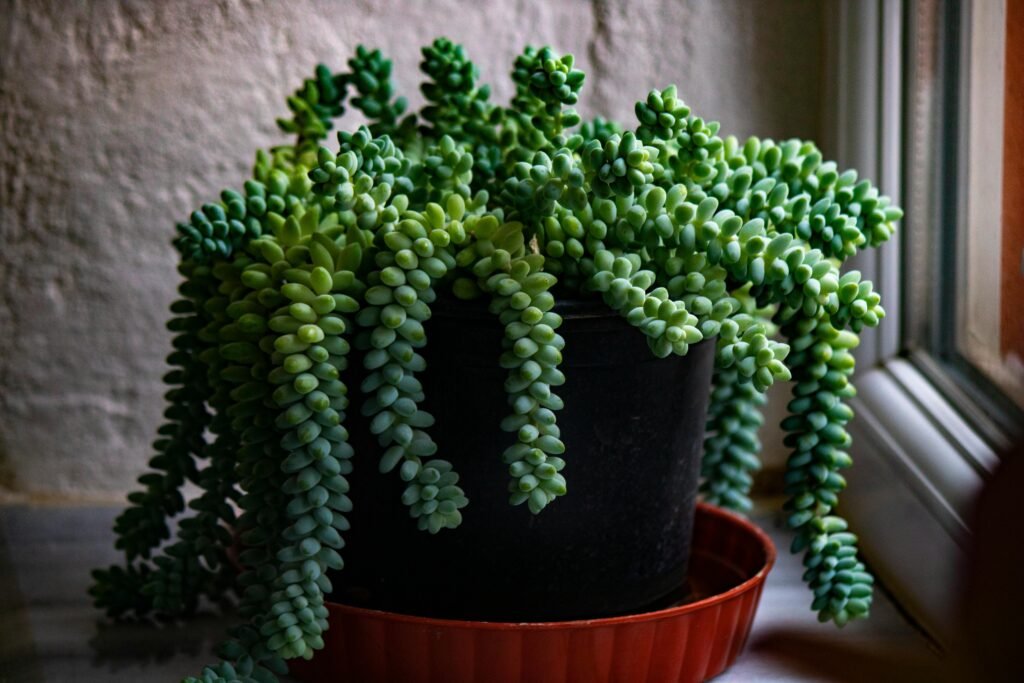
This trailing plant is a stunner. Its cascading vines look like strings of green beads. It’s fragile—its leaves fall off easily—so place it out of reach of playful paws.
- Light: Bright filtered light
- Watering: Low water needs
- Toxicity: Safe for pets
- Tip: Keep on a high shelf or in a hanging basket
4. Ponytail Palm (Beaucarnea recurvata)
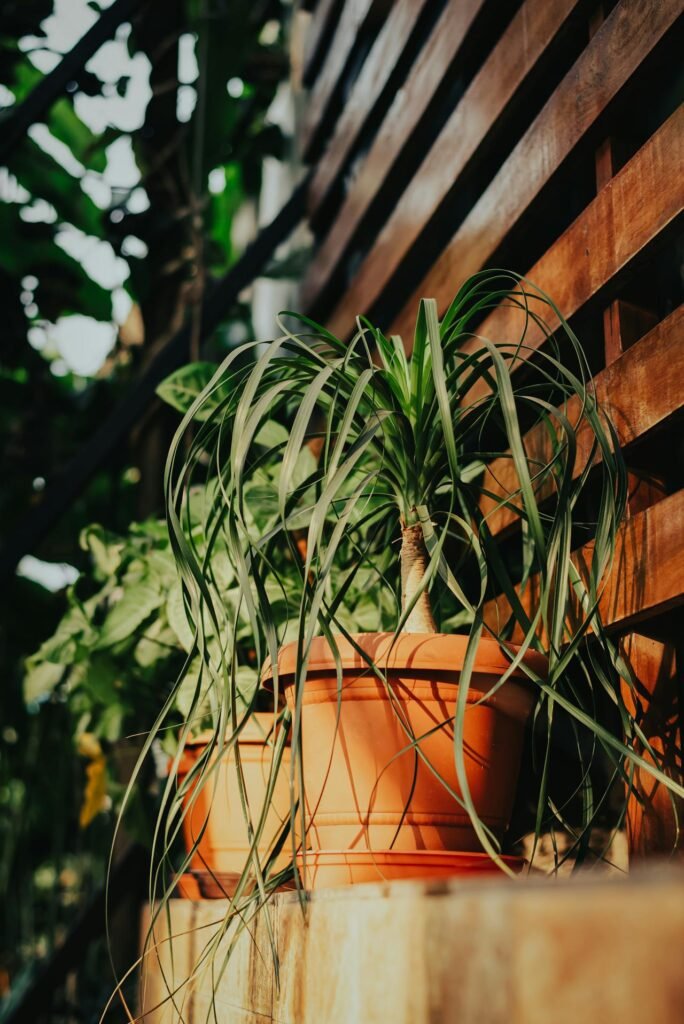
Not really a palm, but definitely a vibe. Its thick “elephant foot” base stores water, and its long curly leaves create movement in any room.
- Light: This plant thrives in bright, indirect sunlight, but it can also handle direct sunlight like a champ. Place it near a sunny window or balcony where it gets plenty of light, and you’ll see it grow strong with its iconic ponytail-like leaves.
- Watering: Once a month
- Toxicity: Pet safe
- Use: Great floor plant for corners
5. Christmas Cactus (Schlumbergera spp.)
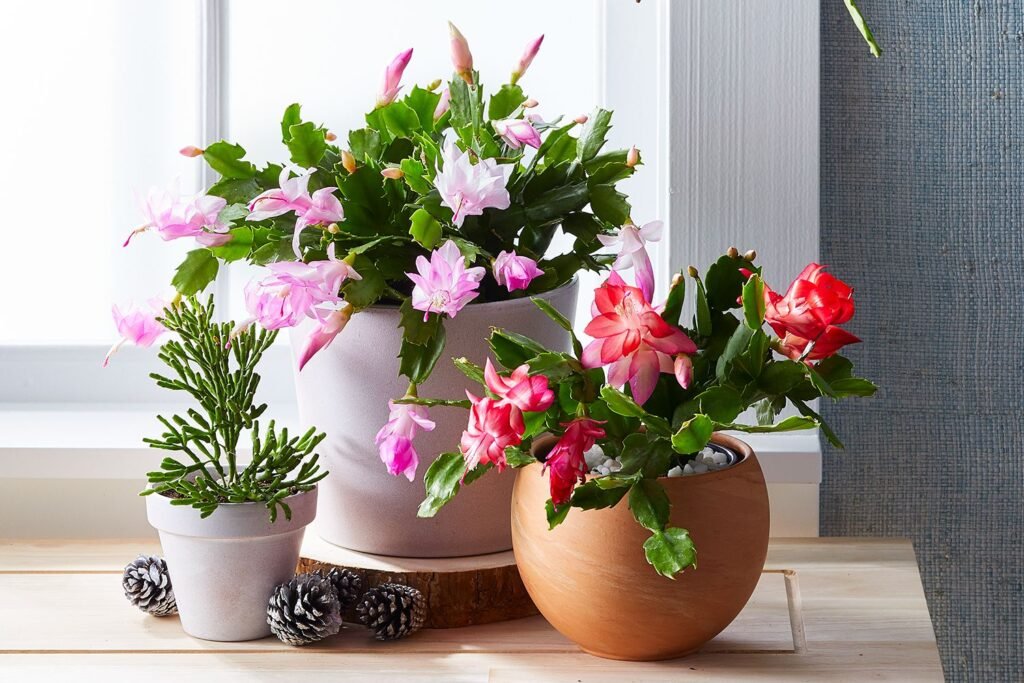
These bloom just in time for the holidays and are safe for curious cats and dogs.
- Light: Bright, indirect light
- Watering: Keep lightly moist when blooming
- Toxicity: Non-toxic
- Perk: Easy to propagate and share with friends
Lighting: Finding the Sweet Spot
Most pet-safe succulents love bright, indirect light. That means placing them near sunny windows but shielding them from intense afternoon sun, especially in hot climates.
- South and east-facing windows are ideal
- Use sheer curtains if sunlight is harsh
- Rotate your plants weekly for even growth
Why rotation matters: Succulents phototropism causes them to lean toward light sources. Uneven exposure leads to etiolation (stretching). A 2023 University of Florida study found rotated succulents grew 23% more symmetrically (Source: HortScience)
If your space is low on natural light, don’t worry. A small grow light or LED bulb can easily help keep your succulents happy.
Watering Without the Worry
Overwatering is one of the quickest ways to kill a succulent—even more so when you’re trying to keep things safe and clean for pets. Moldy soil or fungus gnats are no one’s idea of a good time.
Easy Watering Rules:
- Water only when the top 2 inches of soil is dry
- Always drain excess water—never let your pot sit in it
- Reduce watering in winter when plants slow down
- Test by inserting your finger 2 inches deep—if soil feels dry, water.
Tip: If in doubt, it’s safer to underwater than overwater. These plants are built for drought.
The Right Soil Mix Makes All the Difference
Succulents absolutely hate sitting in soggy soil. That’s where root rot starts. For a healthy, safe environment:
- Use cactus or succulent soil mix from a garden center
- Add extra perlite or pumice for better drainage
- Skip peat-heavy soils—they hold too much moisture
If you’re DIY-ing, mix 2 parts potting soil with 1 part perlite and 1 part coarse sand.
Temperature and Humidity: Keep It Simple
One more reason succulents are perfect for indoor pet owners? They like the same indoor temperatures we do.
- Ideal range: 65°F to 80°F (18°C to 27°C)
- Keep away from heat vents and cold drafts
- Avoid sudden temperature swings
Most of these succulents handle dry air just fine, so there’s no need for humidifiers or misting (which also helps prevent pet sniffles!).
Dormancy: When Succulents Hit Pause
In fall or winter, some succulents enter dormancy, a rest period when they grow more slowly.
Here’s what that means for you:
- Cut back on watering (once a month or less)
- No fertilizing until spring
- Keep in a bright but cooler spot, like near a window
Drought Adaptation: Crassulacean acid metabolism (CAM) allows stomata to open only at night, reducing water loss by 90%. This makes Haworthia ideal for dry apartments. In winter, their metabolic rate drops to 30% – hence needing almost no water.
Potting & Repotting: Giving Roots Room to Breathe
Succulents don’t need repotting often, but when they do, it’s usually because:
- They’re root-bound (roots poking out of drainage holes)
- The soil no longer drains well
- You’re refreshing your plant display
Use terracotta pots with drainage holes to help absorb extra moisture—plus, they look great!
Repot in spring or early summer and hold off watering for 3–5 days after repotting to let roots adjust.
Propagation: Grow More, Gift More
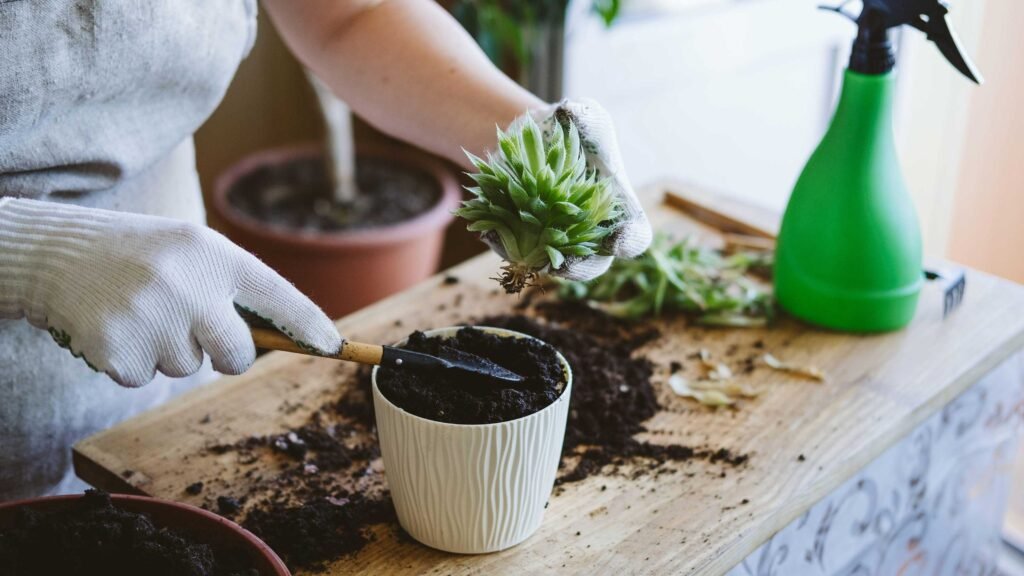
Succulents are incredibly easy to propagate—and pet safe ones make thoughtful gifts for fellow plant + animal lovers.
How to Propagate:
- Remove a healthy leaf or stem
- Let it dry for a few days to form a callous
- Place on top of dry soil and wait for roots
- Mist lightly every few days (until established)
Before you know it, you’ll have a mini jungle of clones.
Plus, it’s one of the most rewarding parts of plant care. Watching roots grow from a single leaf shows just how resilient and generous these plants can be.
Blooming Beauties
While not all succulents bloom, some put on a show when the conditions are just right. And no, flowers don’t mean they’re toxic!
Look out for:
- Christmas Cactus blooms in winter
- Haworthia shoots up thin flower spikes
- Echeveria sends out long flowering stems in spring/summer
To encourage blooming:
- Give plenty of light
- Let them experience seasonal dormancy
- Avoid over-fertilizing
Pruning and General Maintenance
Even low-maintenance plants need a little TLC.
- Snip off dead or damaged leaves with clean scissors
- Gently wipe dust off leaves for better photosynthesis
- Trim leggy stems to keep your plant compact
- Check soil regularly for moisture and pests
Uses and Styling: Pet Safe, Design Friendly
Let’s talk vibes. Pet safe succulents don’t just survive—they elevate your space.
- Group different shapes and colors for texture
- Use macrame hangers for trailing types
- Style mini pots in bathrooms, on bookshelves, or next to framed art
- Mix with safe trailing vines (like Spider Plants)
Tip: Use clay saucers or trays to catch drips without ruining furniture.
Indoor Decor Ideas with Succulents
Turn your succulents into living art while keeping pets safe:
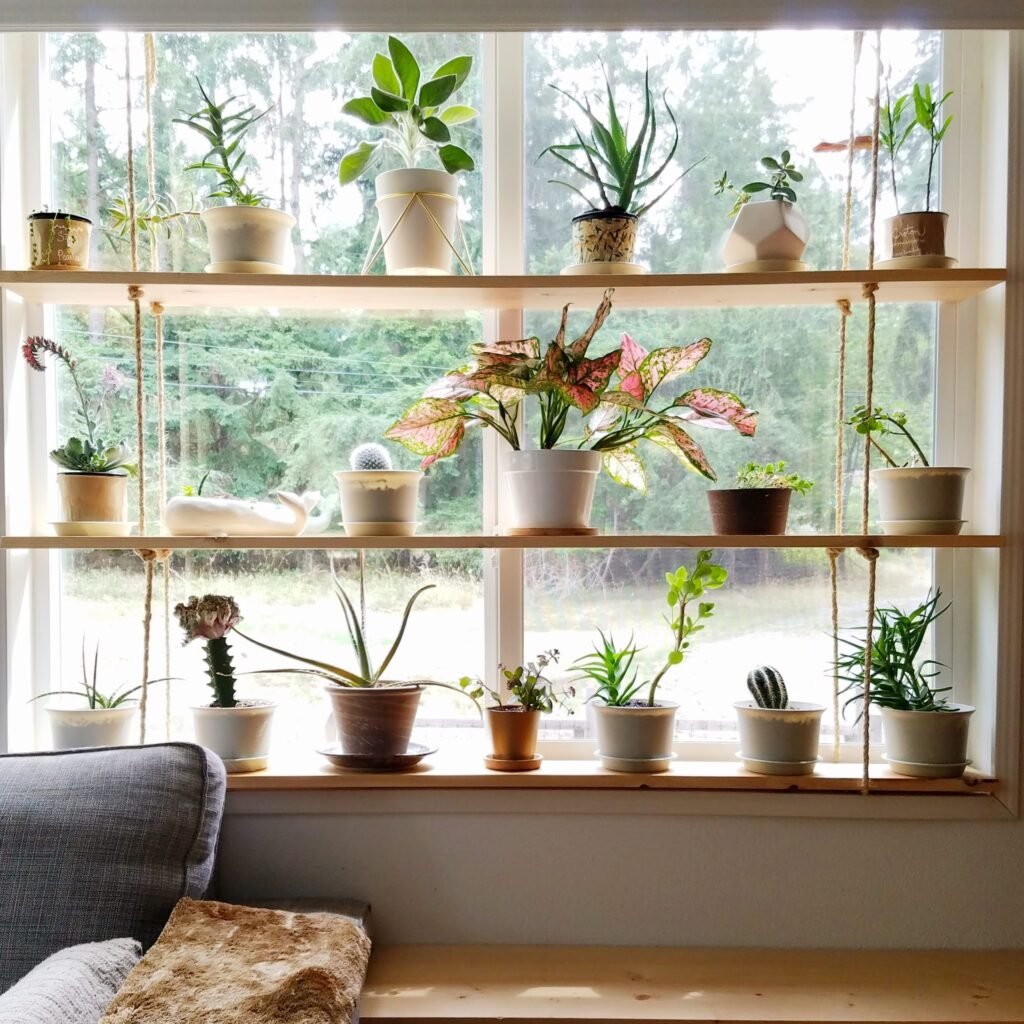
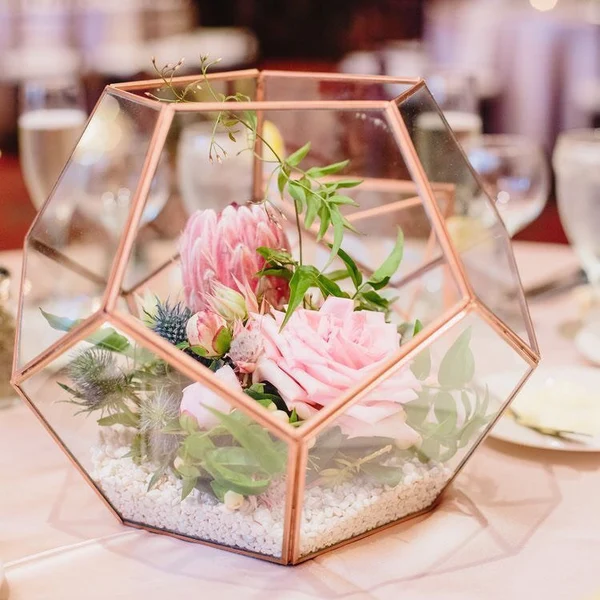
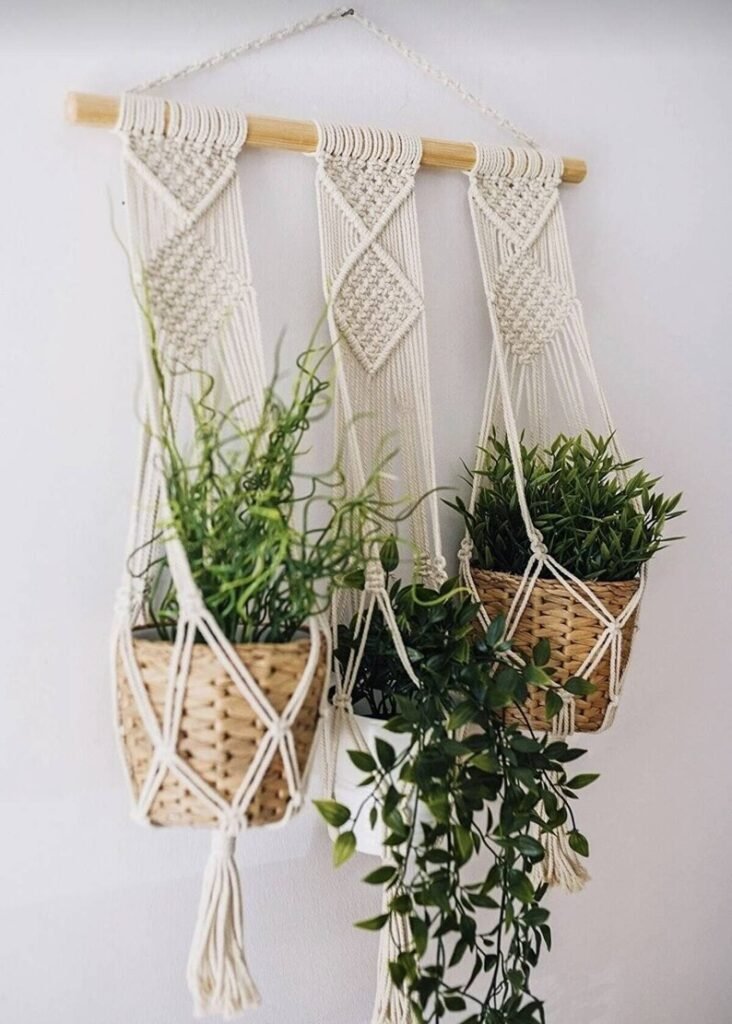
- Floating Shelves:
Arrange Echeverias and Haworthias at eye level—away from leaping cats. Style hack: Use matching terracotta pots for cohesion. - Terrarium Tablescapes:
Layer Christmas Cactus, moss, and pet-safe pebbles in a shallow dish. Keep open (no glass lids) to deter curious sniffers. - Macramé Wall Gardens:
Hang 3-5 Burro’s Tail planters vertically. Pets can’t reach, and you get a stunning green wall!
Designer secret: Place spiky (but safe) succulents like Haworthia near sofas—pets avoid them naturally!
Toxicity: Succulents to Avoid Around Pets
Some succulents look harmless but aren’t safe for your furry roommates.
Common toxic varieties include:
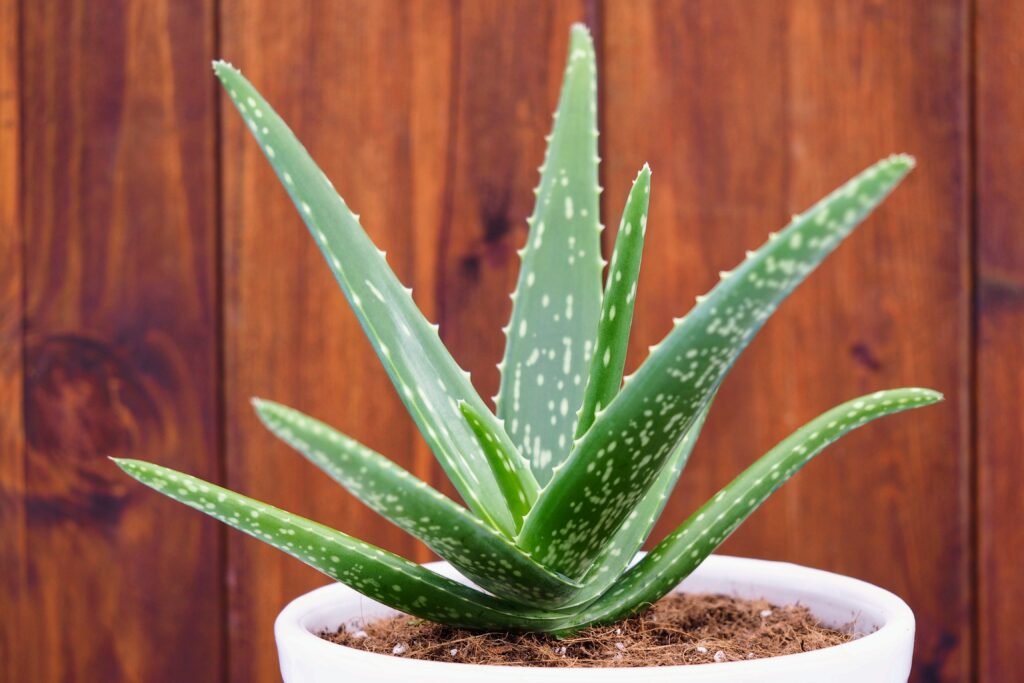
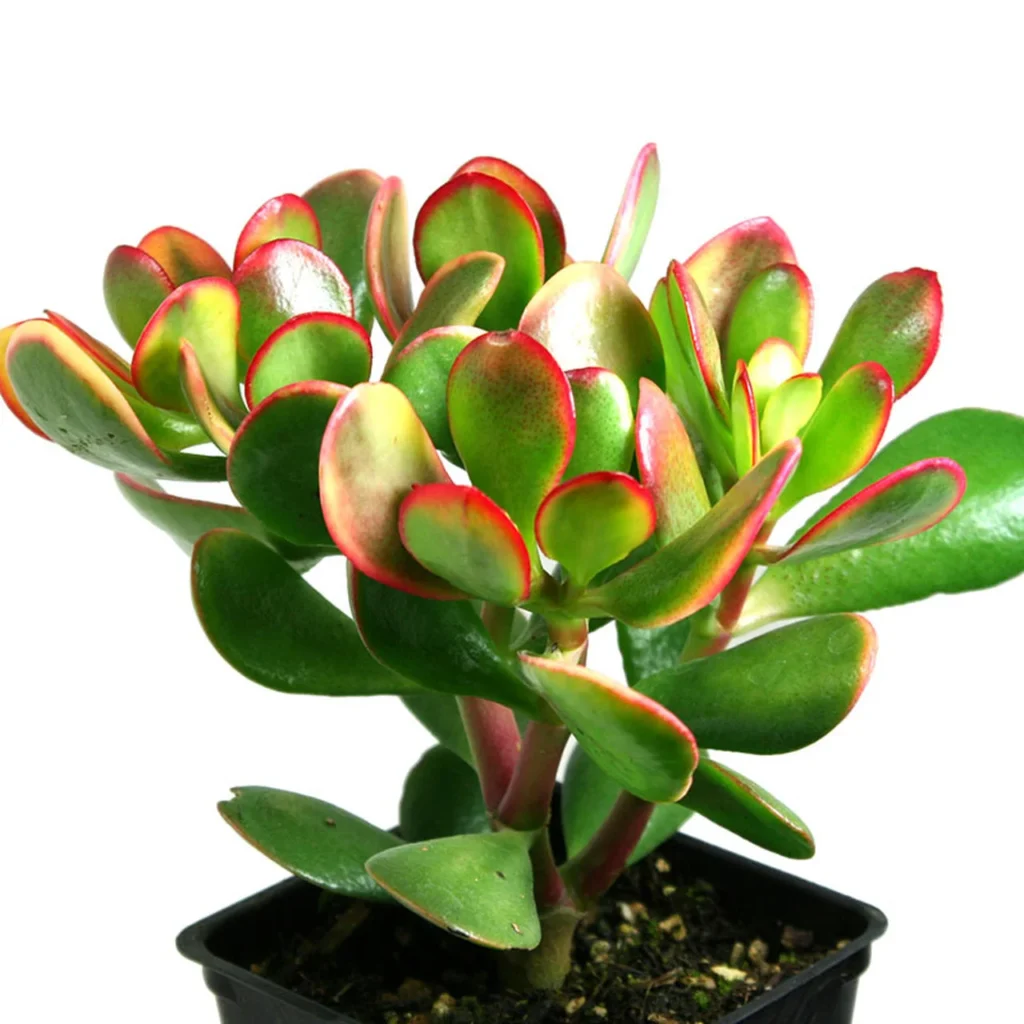
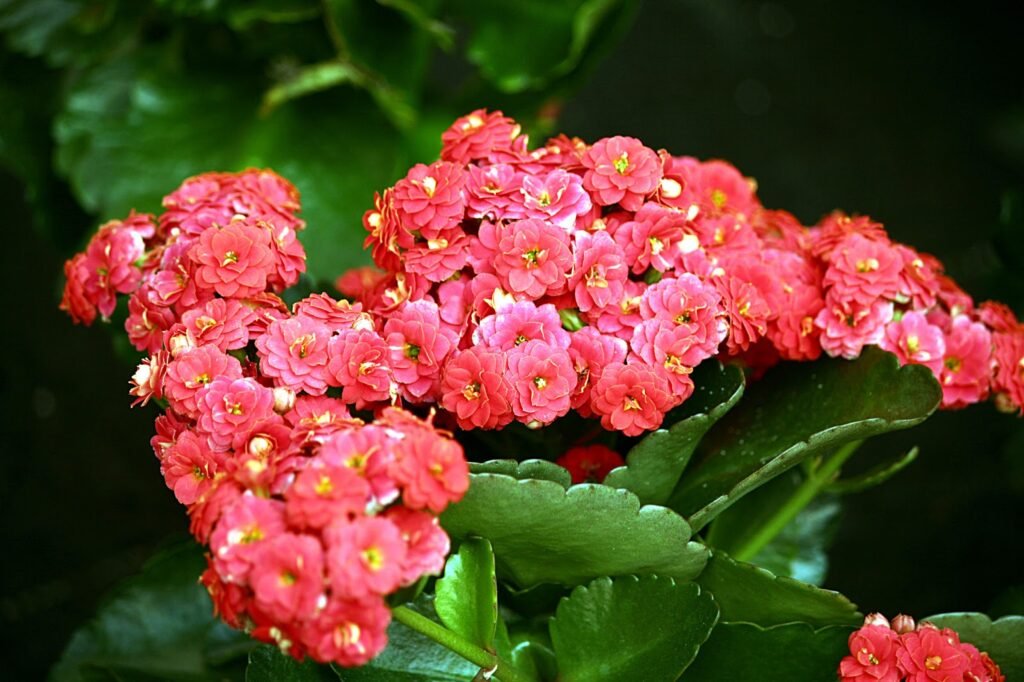
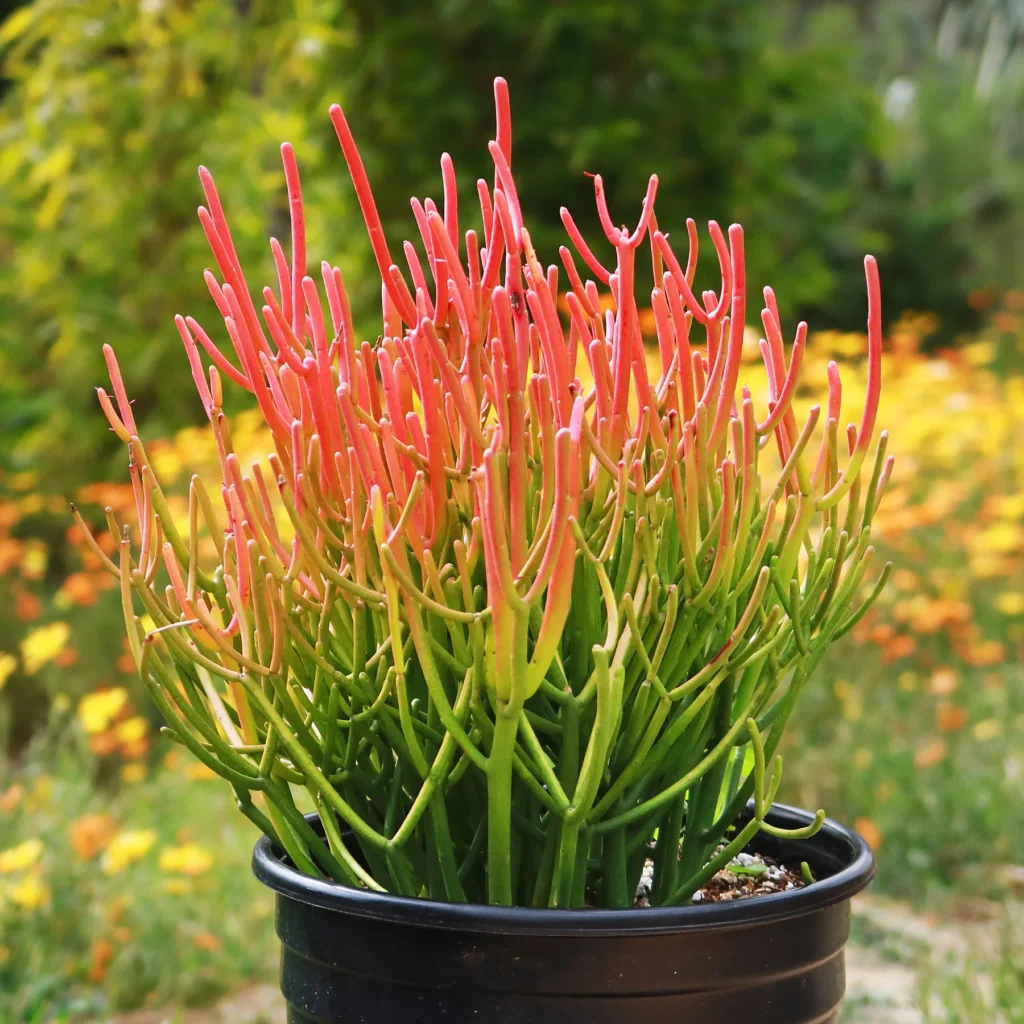
- Aloe Vera
- Jade Plant (Crassula)
- Kalanchoe
- Euphorbia (especially Pencil Cactus and Crown of Thorns)
Why These Harm Pets:
- Jade plants contain bufadienolides causing vomiting
- Aloe’s aloin triggers severe diarrhea
- Kalanchoe’s cardiac glycosides affect heart rhythm
Veterinary Toxicology, 2024 notes most cases involve young pets chewing plants during owner absence.
Symptoms of ingestion may include vomiting, diarrhea, or more severe issues. When in doubt, check the ASPCA’s plant toxicity list or consult your vet.
If Your Pet Eats a Plant:
- Photograph the plant
- Call ASPCA Poison Control: (888) 426-4435
- Contact your vet immediately—even without symptoms.
Pet-Proofing Tips for Plant Lovers
Even non-toxic plants need pet-proofing. Try these vet-approved tricks:
- Bitter Apple Spray:
Lightly mist soil surfaces. Safe for plants, but pets hate the taste! - Decorative Pebble Toppers:
Cover soil with large, smooth stones. Prevents digging and looks chic. - Baby Gates + Plant Stands:
Create a “plant sanctuary” corner blocked by a stylish gate.
Bonus: Use stands with wide bases so dogs can’t tip them.
Common Problems and Pests
Even the safest plant can run into trouble if conditions aren’t right.
Problems:
- Mushy leaves = too much water
- Shriveling = too little water
- Stretching (etiolation) = not enough light
Pests:
- Mealybugs (white fuzz)
- Fungus gnats (tiny flies from wet soil)
- Spider mites (webbing and leaf damage)
Natural fixes include neem oil spray, 70% isopropyl alcohol dabbed with cotton swabs, and letting soil dry out completely between waterings.
Drought Tolerance and Salt Management
All succulents are drought-tolerant champs, but even they need some love.
- Water deeply but infrequently
- Use rainwater or filtered water to avoid salt buildup
- If using tap water, flush soil every few months
A plant with plump, firm leaves is usually a happy, hydrated one.
Invasiveness? Not a Concern Indoors
These pet safe succulents grow slowly and politely. No need to worry about them taking over your space.
At most, some varieties will produce little “pups” or offshoots, which you can remove or repot elsewhere. Simple, clean, and non-invasive.
Bottom Line: You Can Have It All
If you’ve been holding back from getting more plants because of your pets, 2025 is your green light. There are so many beautiful, non-toxic, and easy-to-care-for succulents that bring life to your home without risk to your four-legged friends.
From spiky Haworthia to the trailing elegance of Burro’s Tail, you can mix and match textures, shapes, and colors while keeping your pets safe and happy.
FAQs
Q1: What should I do if my pet eats a plant I’m unsure about?
Remove any remaining plant pieces, check the ASPCA site, and call your vet—even if there are no symptoms yet.
Q2: Can I keep succulents in the same room where my pets sleep?
Yes! As long as the succulent is pet safe, it’s fine to share space. Just make sure it’s not in a spot where curious animals can dig or knock it over.
Q3: What’s the easiest pet safe succulent for beginners?
Haworthia is a great choice. It’s compact, resilient, and doesn’t need much attention—plus it’s safe for both cats and dogs.
Q4: Are succulent fertilizers safe for pets?
Use organic fish emulsion or worm castings—synthetic chemicals may cause nausea if ingested.
